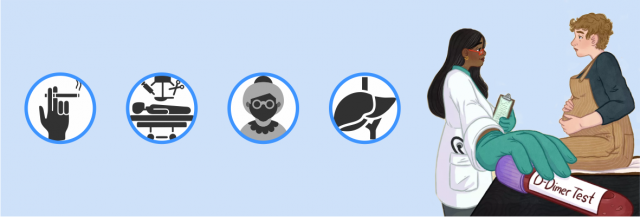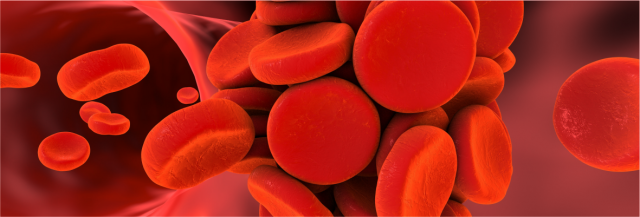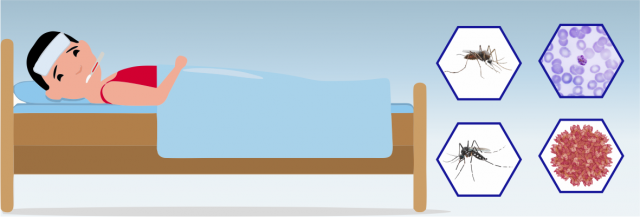What Does The Test D-Dimer Result Mean/ Indicate
What is D-Dimer ?
D-Dimer is a protein that is produced after blood clotting and subsequent breakdown of blood clots. Whenever there is damage to any body part or bleeding, intrinsic or extrinsic coagulation pathways are activated, resulting in the formation of a blood clot at the site.
Continue reading













